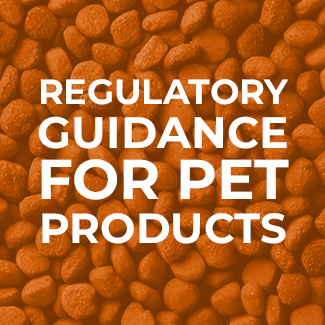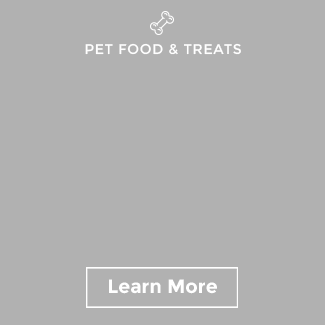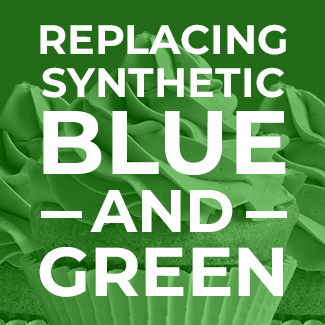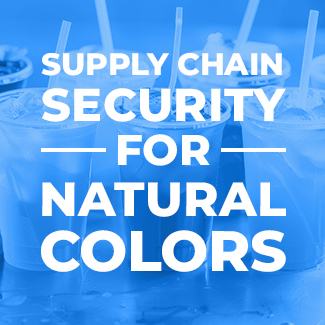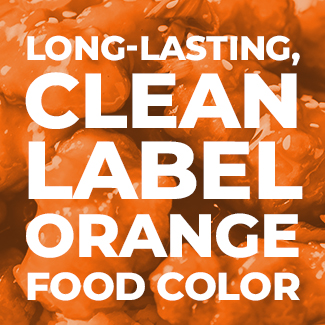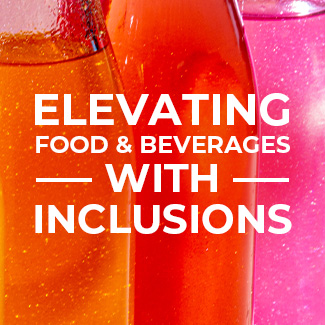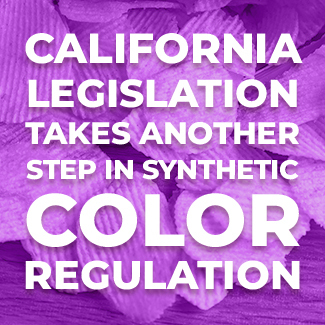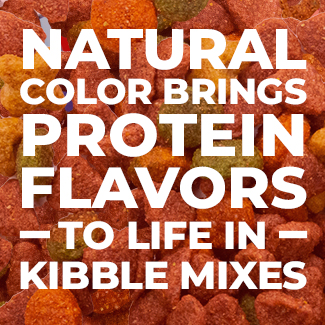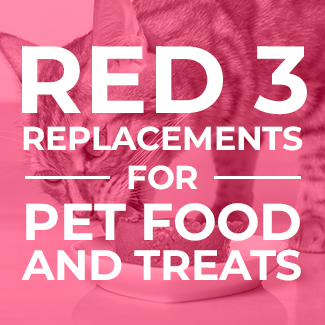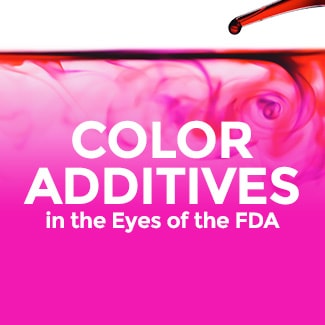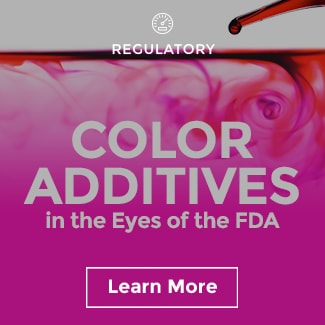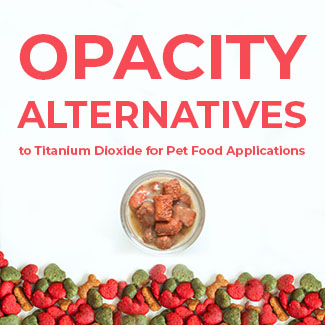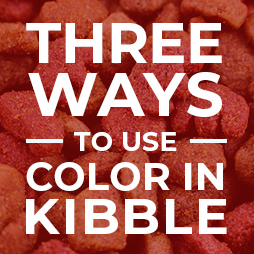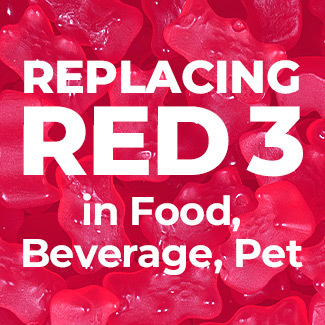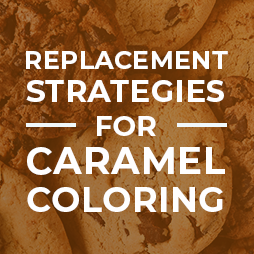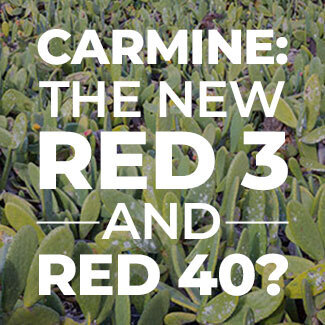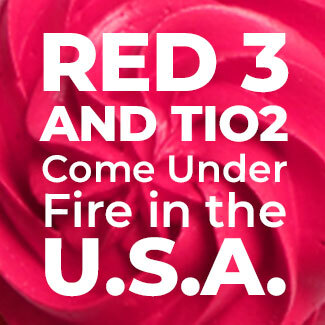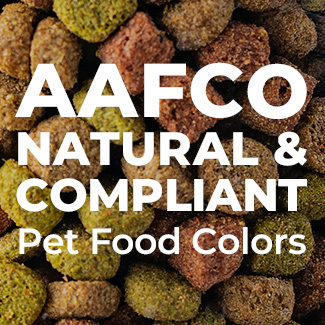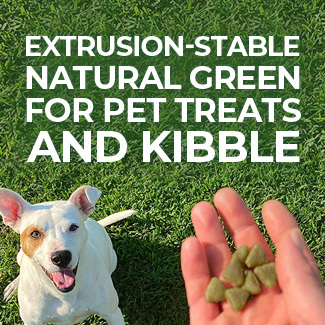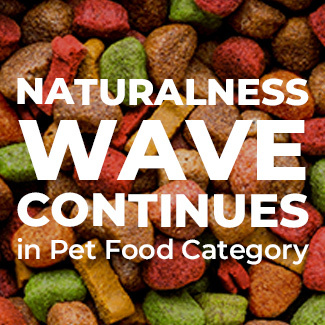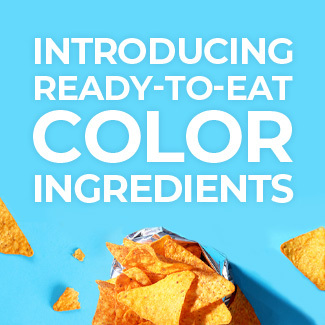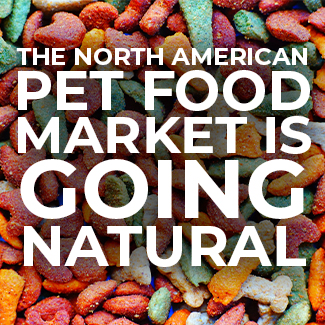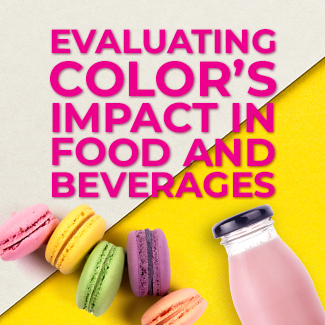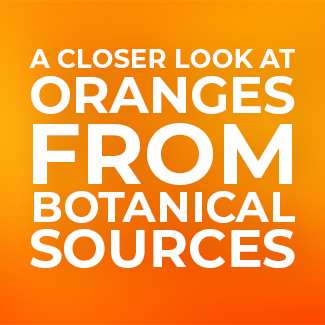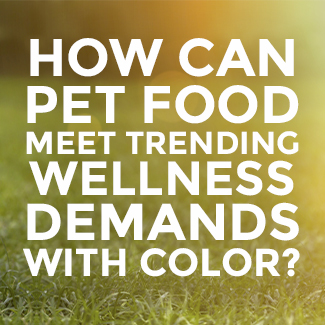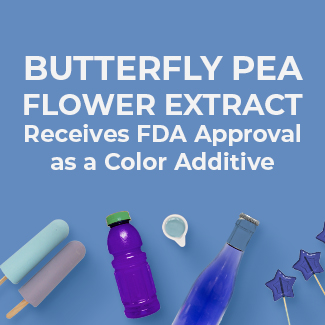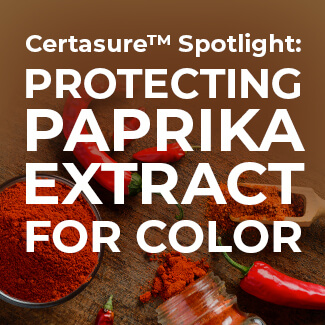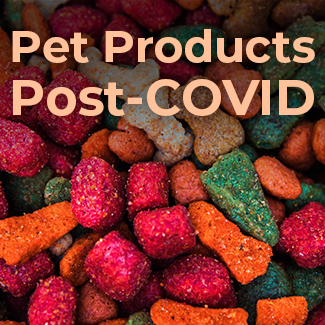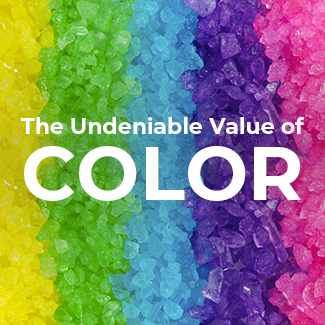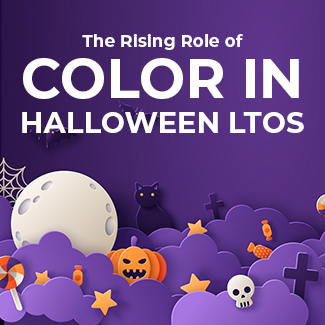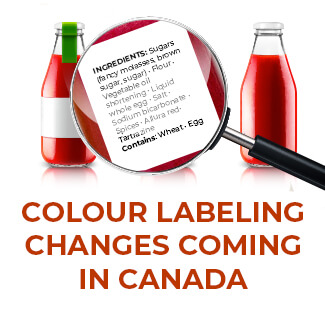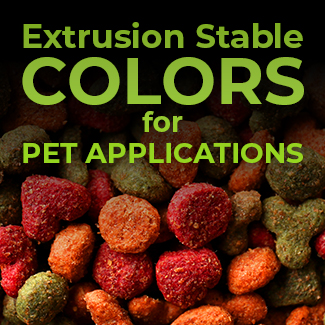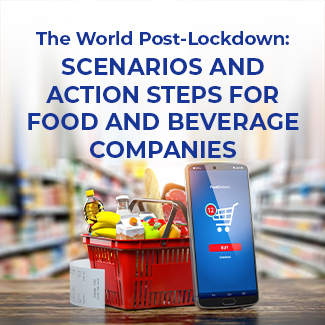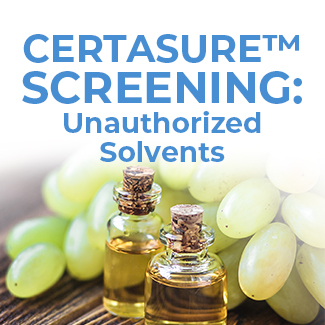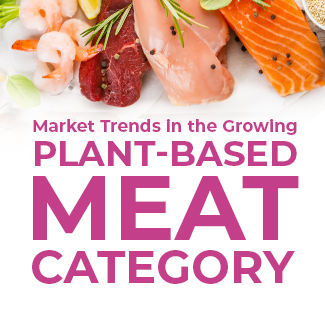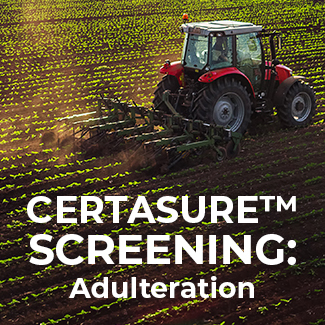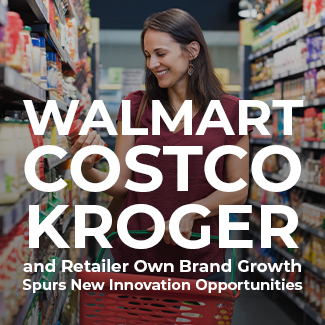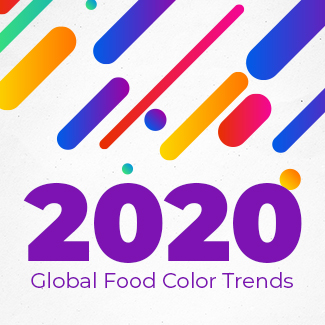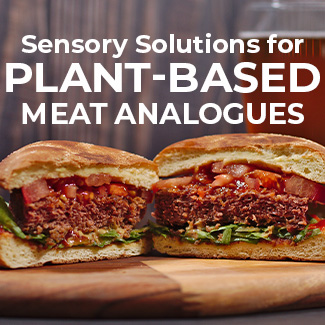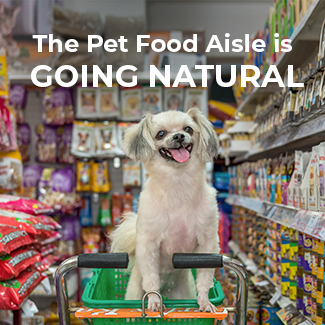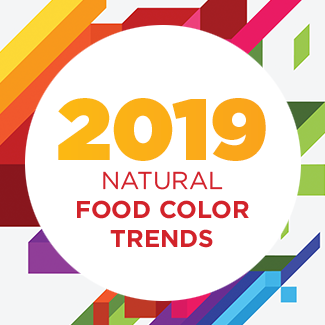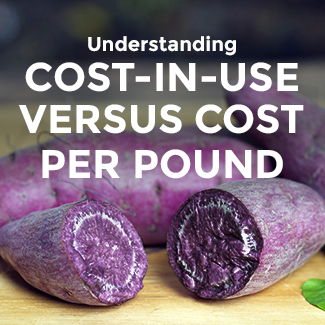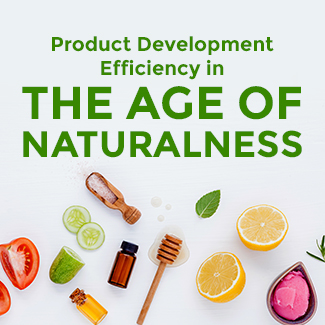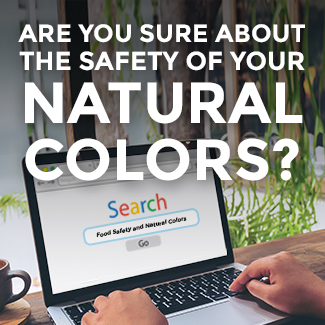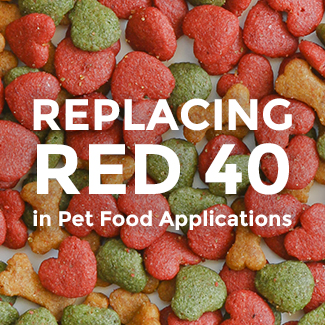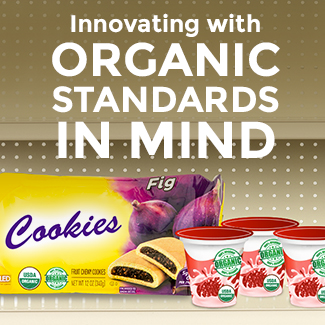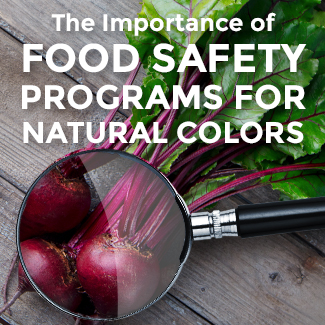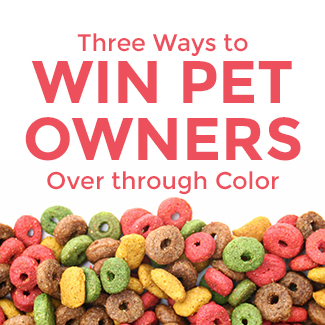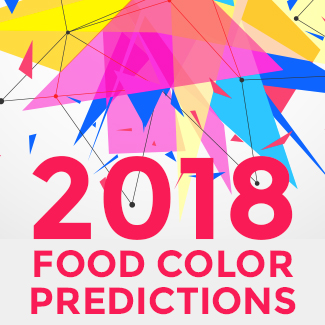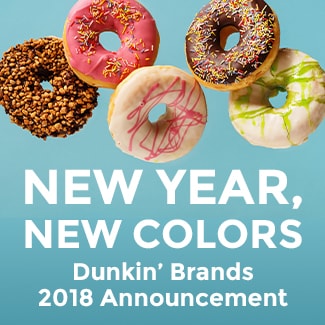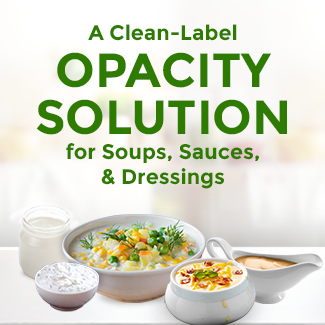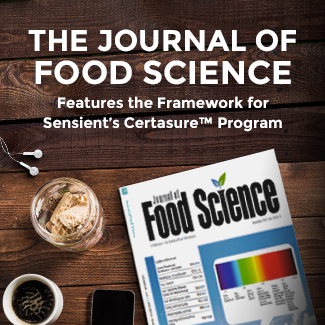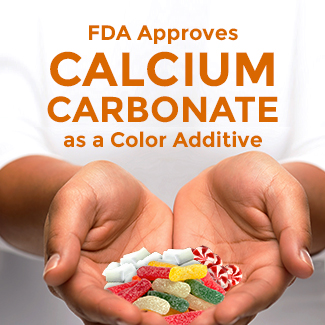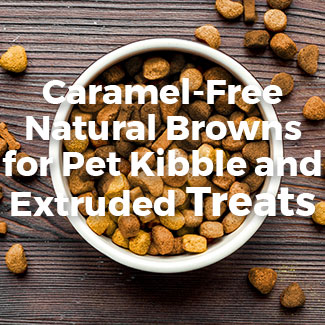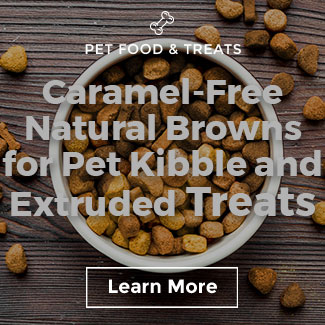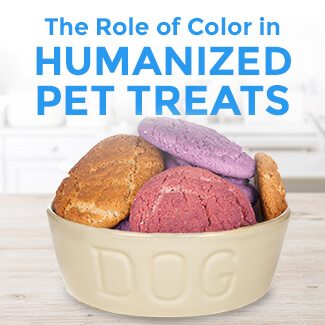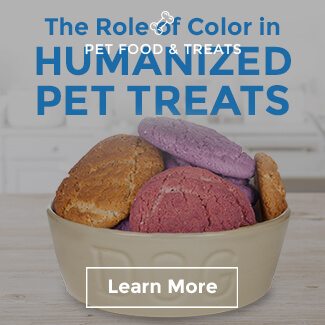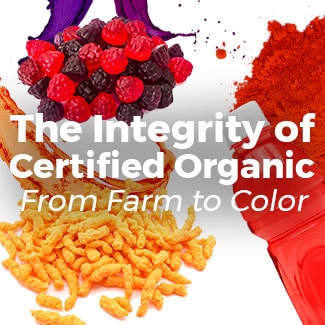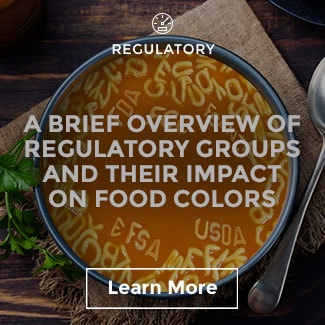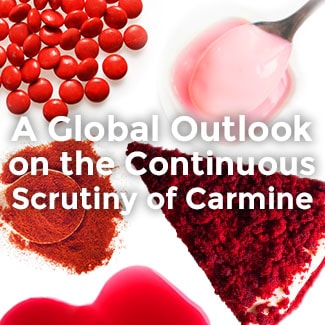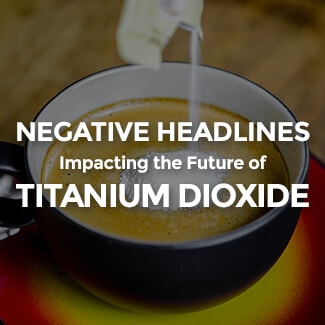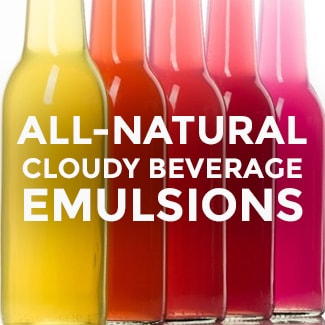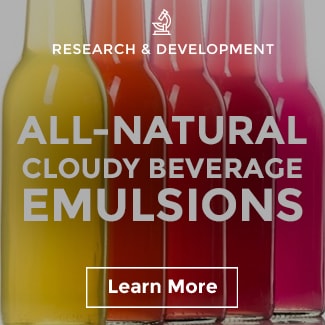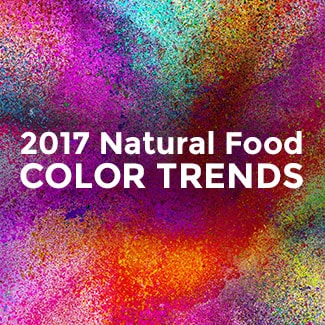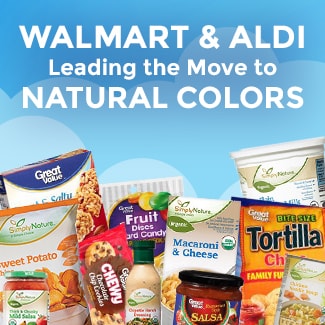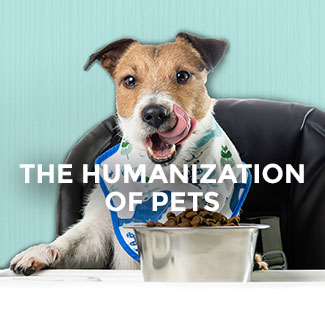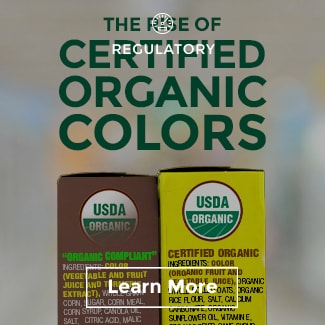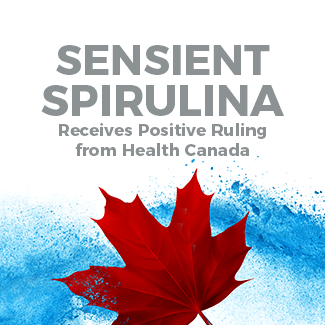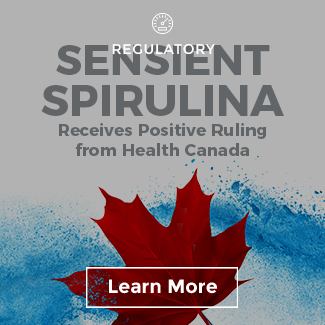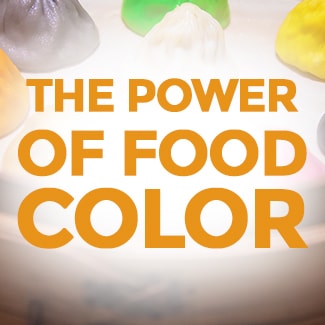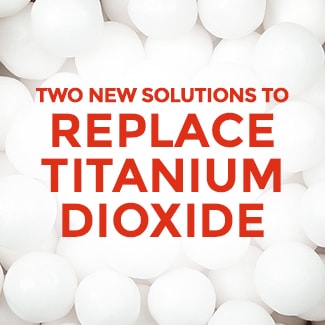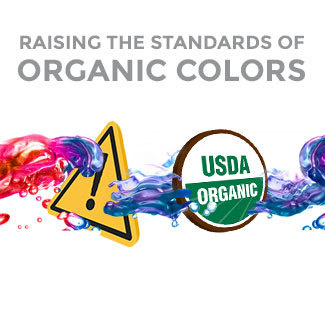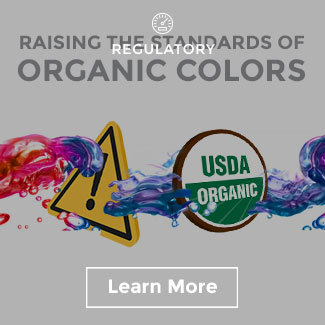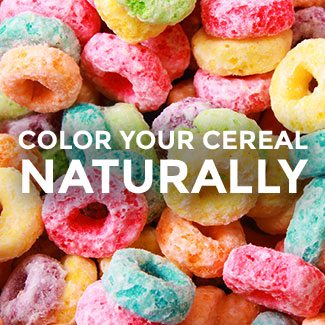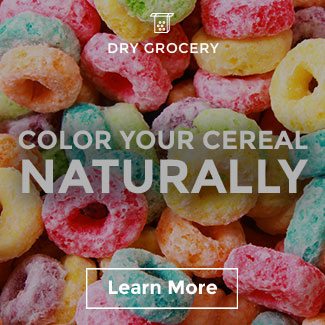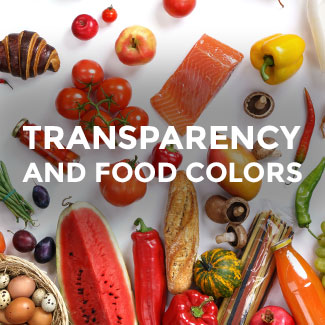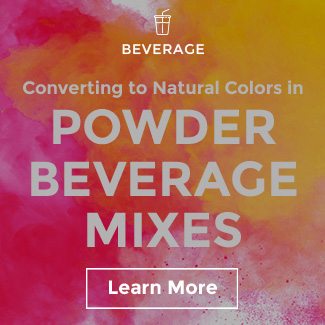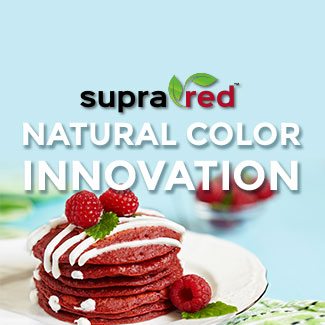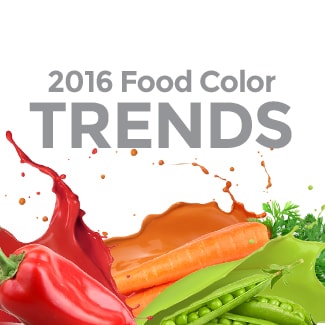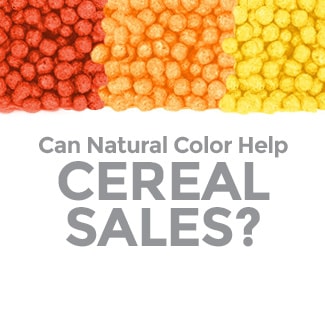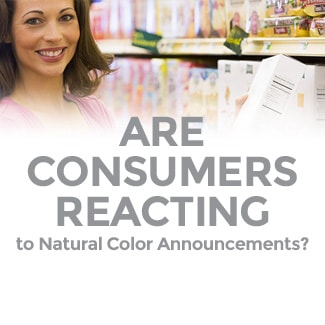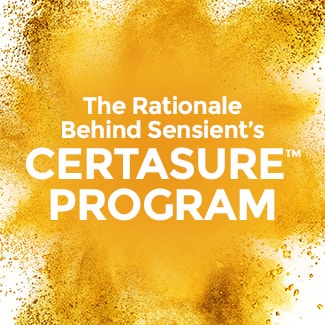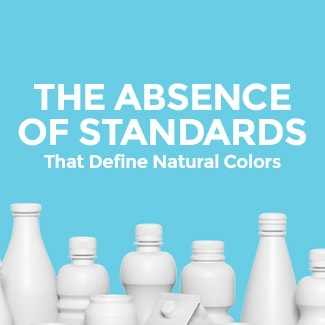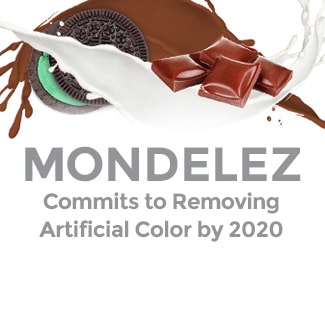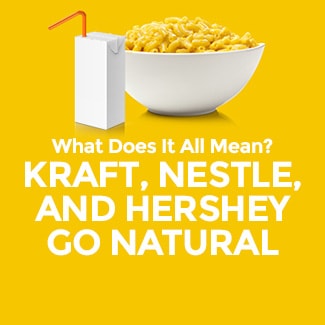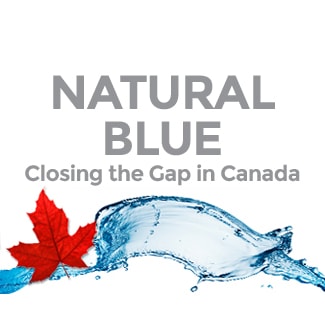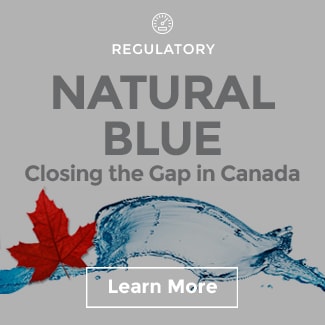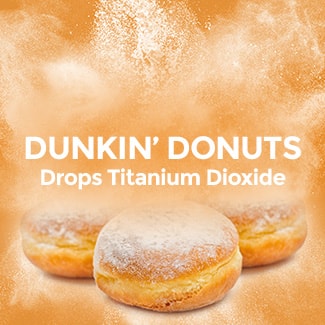Free-From Artificial Coloring: Pet Treats
Human Food Trends Impacting Pet Food Category
The trend of humanizing pets continues to play a dominant role in the Pet Food category. Pet owners are looking to purchase pet food aligning with their personal dietary preferences and beliefs, because our furry friends are more often viewed as family members now. There are two specific human food trends influencing the pet food market.
- SHIFT TO NATURAL AND ORGANIC INGREDIENTS

- FORTIFIED INGREDIENTS FOR BETTER WELLNESS

These trends demonstrate an obvious desire among pet owners for more wholesome and simpler ingredients for their beloved furry family members.
Opportunity Knocks on the Doggie Door
The demand for less processed food is putting pressure on many brands to reformulate ingredient lists.
In the human food category, conversions have been well underway, but there is opportunity for manufacturers to reach target consumers like Millennials and Gen Xers with “free-from” and clean label brand positioning in the pet food category. Budding potential with natural color is nipping at the heels of dog and cat treat brands, especially when over 40% of pet owners give treats to their pets daily.
Beware of these possible challenges when formulating with natural colors in semi-moist pet treats
Some natural colors will degrade from the high heat associated with extrusion processing.
WHAT TO DO?
Option A:
There are a few natural colors unaffected by heat, such as Iron Oxides, Turmeric, and Carotenoids.
*The use of Turmeric will depend on packaging due to its sensitivity to light.
*Consumers perceive Iron Oxides as less natural due to the chemical synthesis required for their development.
Option B:
Novel, heat-stable solutions like Sensient’s SupraRed™, Natural Blue and Sienna Natural Brown

Pet treat base material and/or manufacturing process can influence finished product shade.

WHAT TO DO?
Option A:
Sensient’s Application Specialists can create a customized solution that is compatible with a variety of base material and manufacturing processes.
Multi-colored treats require co-extrusion, which potentially causes color migration
WHAT TO DO?
Option A:
Microfine™ oil-based dispersions are great solutions here because of their insensitivity to moisture.
Option B:
Iron Oxides and Carmine are other good options here, because they are insoluble and unaffected by moisture, which potentially causes color migration

Although FD&C colors are declared safe in pet foods, today’s consumers still perceive them as artificial and less healthy. Therefore, consumers seek out products with claims such as “free-from artificial coloring.” At its root, giving your dog or cat a treat is an act of care and love, and pet food manufacturers have the opportunity to give their consumers a treat that is both delicious and nutritious. Ingredients like natural colors can make treating more of a practical act with their perceived health benefits.
What about AAFCO?
Since the use of natural colors inherently increases the potential for food safety risks, Sensient developed an integrated food safety program that provides peace of mind to food manufacturers by providing a uniform standard around our natural colors. Our Certasure™ program covers all plant-based, natural color sources and combines stringent quality testing, comprehensive vendor certification, full raw material traceability, and best manufacturing practices to ensure every batch of color meets safety, authenticity, and quality requirements.
Pet Food manufacturers still need to ensure their colors from natural sources meet all food safety requirements in compliance with the American Association of Animal Feed Control Officials (AAFCO). While Certasure™ provides quality assurance of Sensient’s natural colors, AAFCO regulates all ingredients for pet food manufacturers. In a sense, an AAFCO natural qualification combined with Certasure™ protection would secure natural color compliance with pet food safety requirements. However, AAFCO guidelines are currently regulated on a state-by-state basis, which can be challenging for pet food ingredient suppliers due to the variation in standards across states. Fortunately, Sensient’s Application Specialists can tailor color solutions around regulatory standards by state.
If you have any questions or projects in which you need guidance in natural colors for semi-moist dog or cat treats, please use this link to request a consultation or reach out to me directly. I love to talk color!




